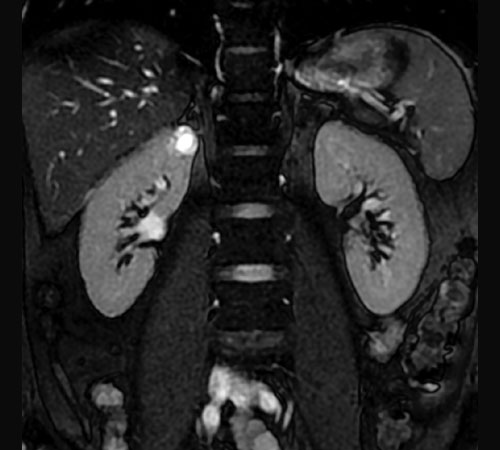
Foothills area clinics are prepared to deal with a new antibiotic-resistant superbug cropping up in Canadian hospitals, said Dr. Gerry Predy, senior medical officer of health for Alberta Health Services.
“Even though this is the latest one, we have been dealing with antibiotic resistance for a long period of time,” said Predy.
British researchers are being credited with the discovery of new bacteria with the gene allowing it to produce an enzyme called new Delhi metallo-beta-lactamase 1, or NDM-1.
NDM-1 allows bacteria to resist even the strongest antibiotics. Predy said all medical staff have to pay attention to infection prevention strategies such as hand washing in the face of the new superbug.
“We have worked hard to try and get that message across and ensure that all facilities have the appropriate education to be able to deal with these things,” said Predy.
If a doctor suspects a patient has a NDM-1 infection, they will take a sample of blood and send it to a lab. There it will be checked for NDM-1 by testing bacteria in the blood for sensitivity to various antibiotics.
The gene that allows the bacteria to resist treatment is found on plasmids, a DNA structure. Plasmids can be copied to other bacteria meaning the symptoms of a NDM-1 infection can vary.
“There’s a variety of different kinds infections that can happen,” said Predy.
People most susceptible to NDM-1 bacteria will already have an underlying medical health issue according Predy.
NDM-1 bacteria can be found in number of infections including kidney or bladder infections, blood infections or pneumonia. The primary means of transport for bacteria in a hospital setting is close contact or shared medical equipment that hasn’t been cleaned properly.
British researchers published a study in the medical journal, The Lancet, which found 17 people with NDM-1 infections had traveled to India or Pakistan.
“For people who may have traveled and are worried they have this and they are feeling fine, there is no need to do any test,” said Predy.
There is currently no screen test for NDM-1. If an infection develops following overseas travel, Predy encourages people to inform their doctor.
According to Predy, resistant bacteria develop when a patient fails to complete a prescribed course of antibiotics. Germs develop a resistance when they are not completely eradicated and are passed onto a healthy person.
“One of the important things is to ensure there is appropriate utilization of antibiotics,” said Predy.
To date NDM-1 is most commonly found in E. Coli bacteria, which causes food poisoning.
Fears over the NDM-1 bacteria come on the heels of mass H1N1 flu vaccinations in Alberta and across Canada. Predy said Alberta Health Services is not mobilizing, nor is it set to, on a similar scale to prevent NDM-1 infections.
“This isn’t like H1N1 which was a threat to the general population,” said Predy.
To date, only two cases of NDM-1 bacteria have been found, one in Vancouver and one in Alberta, where the patient traveled to India and stayed in a hospital. One hundred and eighty cases have been diagnosed worldwide with most originating in India.
Predy said NDM-1 can be tested for if a patient has an infection that shows signs of being resistant to antibiotics. a sample will then be sent to a lab for further diagnoses.
albertahealthservices.ca/